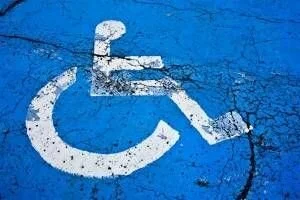When you train in anesthesia, you train by the books, guided by ASA standards, under supervision, with someone’s eyes always watching you. There are advantages and disadvantages to this kind of training.
The most important advantage is that it keeps patients safer. When two physicians are taking care of a patient, there is less likelihood of making errors. Any person who has spent a significant amount of time practicing anesthesia can tell you that the day is full of endless steps where it is inevitable that errors will be made. Rarely, these errors are catastrophic. Often, when discovered, one can correct the errors without any clinical impact. It is easier to spot these errors and correct them before any clinical significance when there are two people working together, being vigilant. A good example of this is what happens when the esophagus accidentally gets intubated. When an attending physician is supervising an intubation, he/she often recognizes that the endotracheal tube is in the wrong place faster than you, the trainee. The quick detection may prevent a life-threatening aspiration event caused by a large volume of air entering the stomach. A few seconds of bagging the incorrectly placed tube could be catastrophic and the supervising attending may help prevent that complication.
The other advantage of two people performing anesthesia together is the ability to complete the necessary steps to stabilize a patient when time is of the essence. A good example of this is when a patient is difficult to mask and intubate. When there are two sets of experienced hands – masking the patient, placing oral airways and nasal trumpets, preparing the bougie, lubricating the LMA – it is much more likely that the airway will be secured rapidly without any complications.
As I always say, anesthesia is a humbling job and it is impossible to avoid missteps.
For those who had their hands held closely, it may be a rough first year as an attending. If you continue to work as an attending at the same place you trained, you will have an extra set of eyes and hands, although in this situation, you will be the teacher. If you opt to branch out to private practice, you will find a series of new challenges. On your first day, you may be told that your practice doesn’t have a glidescope, your primary airway backup technique during training. Nurses may cross their arms over the chest because ‘that is how they always position the patient for this type of procedure’. You might be working in MRI and lose your transport monitor, only have your hand on the patient’s pulse and the undulating Jackson Reese circuit as your only signs that the patient is safe.
I tell my residents that it is a dangerous transition becoming an attending where no one supervises them. You are forced to make choices you are not always comfortable with and may not be the perfect solution for the patient. My approach to these moments is to 1) recognize an error could occur and that you might be veering off the path of what is recognized as safe; 2) acknowledge that your gut is telling you to tread carefully; 3) find a solution that you are comfortable with, what you consider to be the best possible option at that moment; and 4) put patient safety above everything else, especially your pride. As I always say, anesthesia is a humbling job and it is impossible to avoid missteps. Just remember, if the patient is safe, it is okay.

















